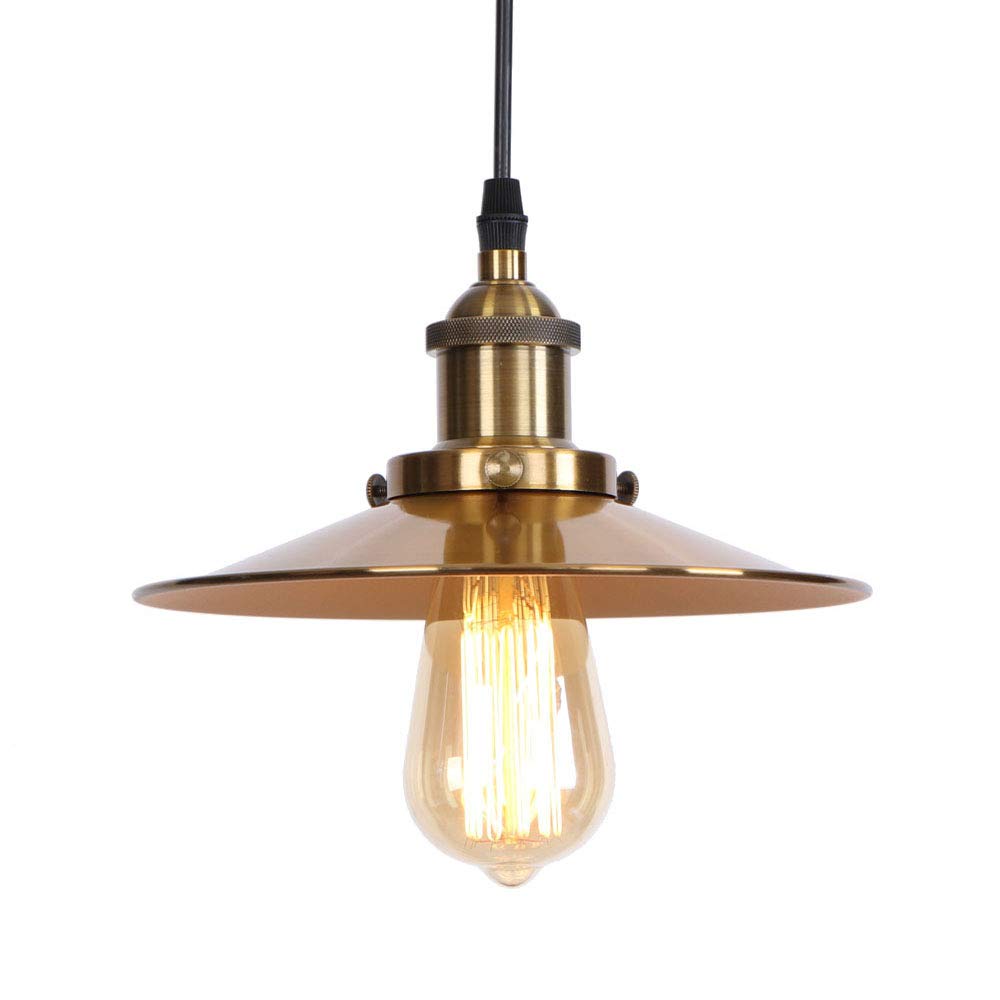1、 Maintenance of LED energy saving light with obvious damage of components
- If high-frequency transformer B is damaged, it can be wound with ∮ 0.32mm high-strength wire on the high-frequency magnetic ring of 10 mm × 6 mm × 5 mm, with 4 turns for T1 and T2 respectively, and 8 turns for T3 (pay attention to the head and tail). Choke L: light power is 5-40w, corresponding to 1.5-5.5mh.
- Although there is obvious damage to the resistance without fusing the fuse or burning the line at the incoming line, the triode will definitely be damaged. This may be caused by light aging, poor service environment and loss of capacity of C1. For the first two cases, when replacing resistance and triode, it is better to replace matching C3 and C4 small electrolysis. For the latter, C3 and C4 do not need to be replaced. Since C1 works under high voltage, it is necessary to select high-quality heat-resistant electrolytic capacitor for replacement.
- If only the resistance and capacitance parts and triode on Q2 side are burnt out, it is necessary to check whether C2 has broken down.
- If C1, Q1 and Q2 are in good condition, routine inspection and withstand voltage test must be carried out for D1-D4 one by one. Or replace all D1-D4 with high-quality products.
- If C1 bursts, D1-D4 and C1 shall be replaced in case of fusing fuse and burning of incoming line.
2、 Maintenance of LED energy-saving light unable to light up normally
- The core of choke L and oscillating transformer B is broken. In case of single core change, three points should be paid attention to:
(1) Use the magnetic core that meets the requirements, otherwise the inductance value of the choke may be different, which may cause hidden danger to the energy-saving light;
(2) The magnetic gap should not be too small to avoid magnetic saturation;
(3) After the magnetic gap is padded with a suitable liner, it shall be glued with adhesive and wrapped with high temperature resistant and flame retardant tape to prevent loosening. In addition, the same name end of B cannot be connected wrongly.
- The filament of the light is open. If the light tube is not blackened seriously, it can be used in emergency after 0.047 μ f / 400V polyester capacitor is connected in parallel at both ends of the broken filament light foot.
- R1, R2 open circuit or variable value (generally R1 is more likely to fail), replace with 1 / 4W high-quality resistance with the same resistance value.
- For the maintenance of electronic ballast using trigger tube, it is important to check the bidirectional trigger diode. This tube is generally db3 type, and its bidirectional breakdown voltage is 32 ± 4V.
- If the filament of a single low-power energy-saving light turns red or glows after lighting, check whether D1-D4 has soft breakdown, C1 is installed reversely or has leakage, and whether the power part has short circuit, etc.
- Triode open circuit. If only one triode is found to be open circuit, but one triode cannot be replaced. Instead, a pair of matched switch tubes of the same model with withstand voltage above 400V shall be replaced. Otherwise, the light may roll or burn the tube again.
- It is common for resonant capacitor C6 to break down (short circuit) or withstand voltage to be reduced (soft breakdown). It should be replaced by high-quality polyester or CBB capacitor with withstand voltage above 1kV.
- It is difficult to light the light. Sometimes, touching the light tube by hand can light up or the light rolls. This may be due to the insufficient capacity and mismatch of C3 and C4.
- The lights flickered. If the light tube is not blackened seriously, check whether d5 and D6 have faulty welding or open circuit. If d5 and D6 have soft breakdown or filter capacitor C1 has liquid leakage or is poor, the light will flicker continuously.










